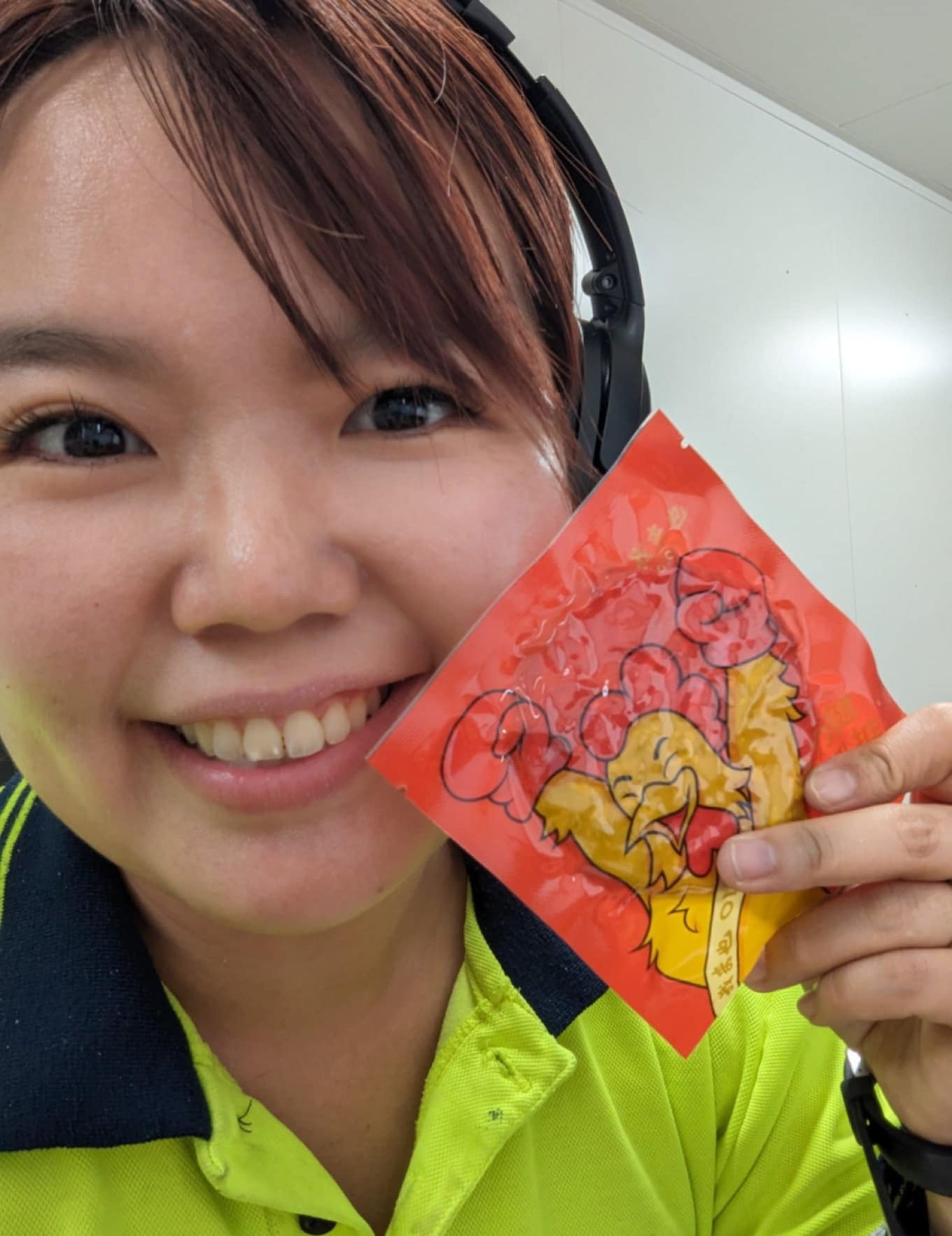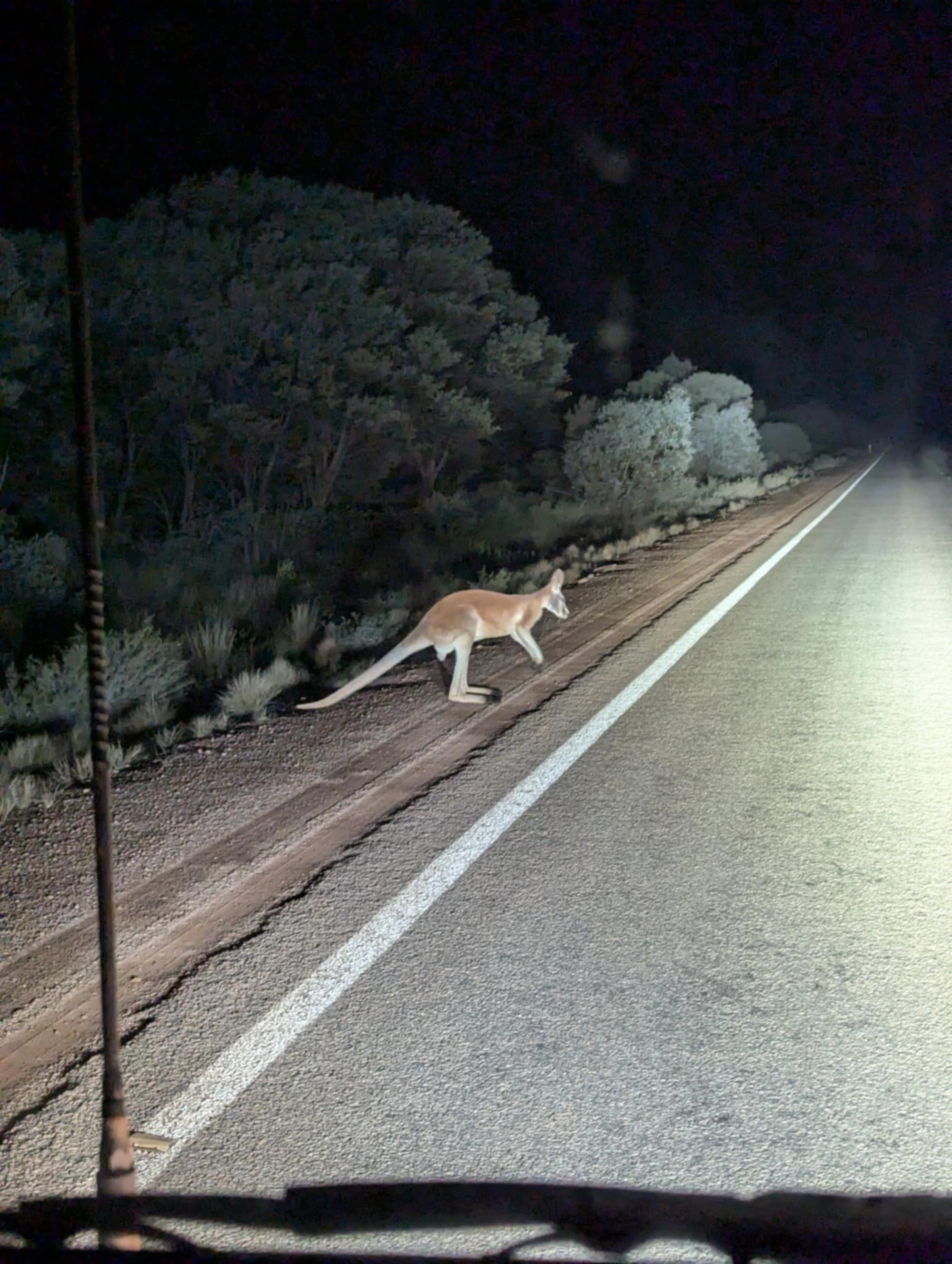Despite the abundance of engineering opportunities in the city, Chuo had a different goal in mind: landing a FIFO (fly-in, fly-out) position. It wasn’t an easy path, as she faced seven rejections for such positions due to a lack of relevant experience.

But Chuo didn’t give up. Through persistence, she eventually landed a position on a diverse engineering team, finding the right opportunity on LinkedIn. “For me, this position was a miracle,” she said, reflecting on the breakthrough, “especially after getting rejected so many FIFO positions.”
His father, who worked on a BIBO (bus-in-bus-out) basis in logging in Sibu, had a huge influence on his pursuit of FIFO work. His dedication and work ethic left a lasting impression on Chuo.
Her husband’s unwavering support also played a crucial role in her decision. “We discussed the challenges of FIFO work before I accepted the offer. He proudly supports me by driving me to and from the airport every week, handling most of the household chores and cooking on Sundays to ensure I have a full day off before flying out on Monday,” she said.
For K*, a 44-year-old former senior project manager from Kuala Lumpur, the move to FIFO work marked a complete career change. “I was offered the job six months before I finished my master’s degree, after seven rounds of interviews and tests,” she said.
Having taken up her role in February, K now finds herself immersed in the mining sector, a stark contrast to her previous work in financial services.
“I am paid above average for a graduate and I get 30% more than my basic salary as a raise because we don’t have public holidays. Although my graduate position is paid less than that of an experienced FIFO worker, it is still above average for my level. In fact, I earn more here than when I was working as a senior project manager in Malaysia, even after taking into account taxes,” she said.
The average FIFO wage in Australia is $76,688 per year, or $39.33 per hour, according to Talent.com. Entry-level positions start at $62,656 per year, while more experienced workers can earn up to $114,362 per year. In Malaysia, the average wage for a miner is $12,492 per year and $5.97 per hour, according to data from the ERI Economic Research Institute.

Despite the demanding nature of FIFO work, K is enthusiastic.
“I love my job. Maybe because I’m entering a new industry and there’s a lot to learn,” she said. The structured but flexible work environment has also been a pleasant surprise. “Australians are generally nice and very accommodating. So far, I haven’t experienced racism,” she said.
K’s schedule includes five days on, two days off, then four days on, three days off. She commutes weekly between her workplace and Perth, balancing long hours with the mining camp’s many amenities, including a gym, swimming pool and various dining options.
“The food is served in the dining room, where you have different varieties every day. We have barbecue nights, curry, seafood, dumplings,” said K.
Harichandran Kannairam, a 35-year-old Malaysian, has been working as a FIFO worker in the Pilbara region since January 2017. His journey into the mining industry began with a desire for change and better pay.
“I worked as a facility manager in Malaysia from 2011 to 2016 before changing jobs. I ended up working as a FIFO worker in the mining industry because I was looking for a career change that would offer me both adventure and a good income,” he said.

Working conditions in the Pilbara region can be tough, with long working days, extreme heat and total isolation. Harichandran's work day typically starts at 4am and includes 12.5-hour shifts.
Despite a busy schedule, he said there was a strong sense of community among FIFO workers.
“Many people don’t realise the sense of community that develops among FIFO workers. Despite the isolation, there is a strong support network and many friendships are formed at work,” he said.
One of the biggest challenges for Harichandran is the time spent away from family and loved ones. “The schedule can sometimes mean being away for weeks at a time, which can put a strain on relationships and make it difficult to maintain a normal social life,” he said.
However, he said the financial benefits and unique working environment were worth it. “Yes, I am happy with the salary. The income is significantly higher than what I was earning in Malaysia,” he said.
While there are no statistics on the number of Malaysian FIFO workers in Australia, there has been a notable increase in Malaysian immigration to Australia in recent years, with Statista reporting 4,890 people moving in 2023, a significant increase from the 2,930 who migrated the previous year.
According to the Australian Bureau of Statistics, Australia's mining sector generated a record $455 billion in export revenue in the 2022-23 financial year. It is a major contributor to the economy, accounting for about 13.6 per cent of Australia's total gross domestic product last year.

Life in the mines
For Malaysian workers, adjusting to life in Australian mines is about more than just a new job. It’s about acclimatising to extreme weather conditions, learning new skills and integrating into a diverse workforce.
Chuo, who works mainly in the processing department, occasionally visits the processing plant to supervise work and ensure safety regulations are being followed.
“I have also ventured underground once, where safety measures like headlamps, emergency masks and PPE (personal protective equipment) are essential due to the dusty and dark environment,” she said, while expressing admiration for those who regularly work underground.
Adapting to the Australian climate has been a major challenge for all. Chuo highlighted the measures taken to cope with the extreme heat, such as scheduling site tasks during cooler periods and using sunscreen and polarised safety glasses for protection.
In contrast, K has had to get used to the freezing winter mornings. “The temperature is around 6 degrees Celsius (43 degrees Fahrenheit) in the morning and around 18 degrees (64 degrees Fahrenheit) in the afternoon,” she said, adding that she plans to avoid the harsh summer by returning to Malaysia for the holidays.

Wildlife encounters are another aspect of life in the mines. Chuo has not had direct contact with wild animals, but she stressed the importance of her company’s snake awareness and wildlife handling courses. Harichandran said she has had alarming encounters with snakes and spiders, but added that training and regular site monitoring have helped minimize the risks.
Despite the challenges and rewards of FIFO work, the question of returning to Malaysia looms large. Chuo is open to the idea if Malaysia develops its gold mining industry. “I would consider returning if Malaysia were looking for gold mining opportunities, willing to use my acquired expertise to support local development,” she said.
Harichandran said he was still undecided, while acknowledging that interesting opportunities could bring him back to Malaysia one day.
K, on the other hand, is less likely to return. “I find Australian culture to be laid back and easy-going. The general culture of ‘I’m the boss, you respect me and do what I tell you’ is not there here,” she said.
*Name withheld at request of interviewee


